Experience freedom and adventure on the open road while bringing the comforts of home with you! Creating a more environmentally friendly RV can reduce your ownership costs and minimize your impact on the environment. Here are a few helpful tips to make your RV more energy efficient.
Optimize Your Lighting and Appliances
One option for a more energy-efficient RV is to swap out your old lightbulbs for LEDs. They use far less electricity and last a lot longer than incandescent bulbs, so you won’t need to replace them anytime soon.
You may also want to check the energy ratings on your RV’s appliances. You can swap out old refrigerators and microwaves for more energy-efficient models. Some of the best RV heating units consume far less energy than the standard models in most campers. Look for compact and low-power designs for your RV.
Harness Solar Power
While it requires a larger investment than other upgrades, installing solar panels is one of the most energy-efficient things you can do for your RV. Solar panels capture renewable energy from the sun, reducing your dependence on shore power or a generator.
These panels create a clean and quiet power source that charges your solar batteries during the day, and you can always add more batteries to expand your energy needs down the road. Portable solar kits are great for RV owners because they’re easy to install and reposition to get sunlight exposure. By pairing solar panels with a high-capacity battery bank, the system can produce and store power for cloudy days or nighttime use.
Seal and Insulate Your RV
Another way to make your RV more energy efficient without making big changes is to check for potential air or heat leaks. Look for drafts near windows, doors, and roof vents and seal them with weatherproof materials or foam tape.
Reflective window coverings and insulated curtains can block out heat during the summer and retain warmth in the winter. You can also add insulation to the walls or beneath the floors to stabilize internal temperatures. A tightly sealed RV makes it easier for you to enjoy comfort while reducing your energy consumption.
You don’t always have to make big, drastic changes to make your RV a little more energy-efficient. A few small changes and upgrades can allow you to live a greener, more comfortable lifestyle on the road.

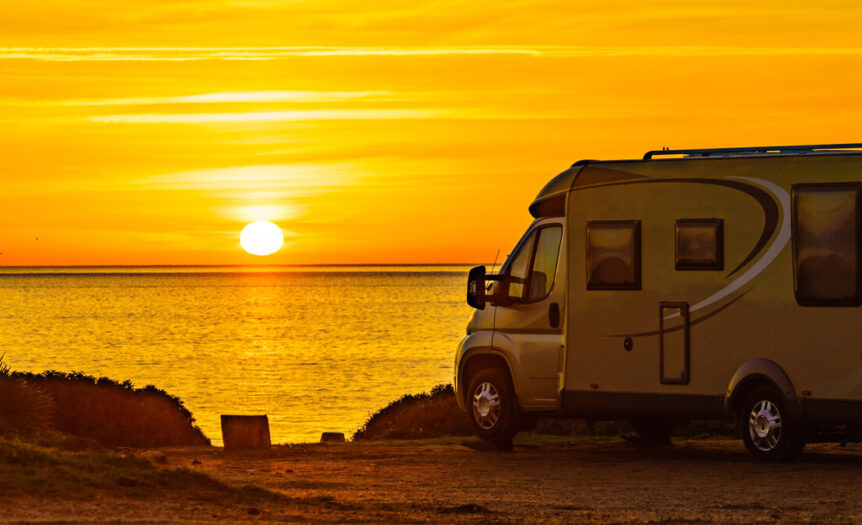

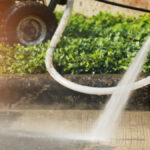
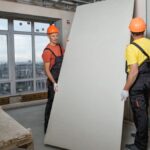





 Deering Estate
Deering Estate
 Massage Envy South Miami
Massage Envy South Miami
 Calla Blow Dry
Calla Blow Dry
 My Derma Clinic
My Derma Clinic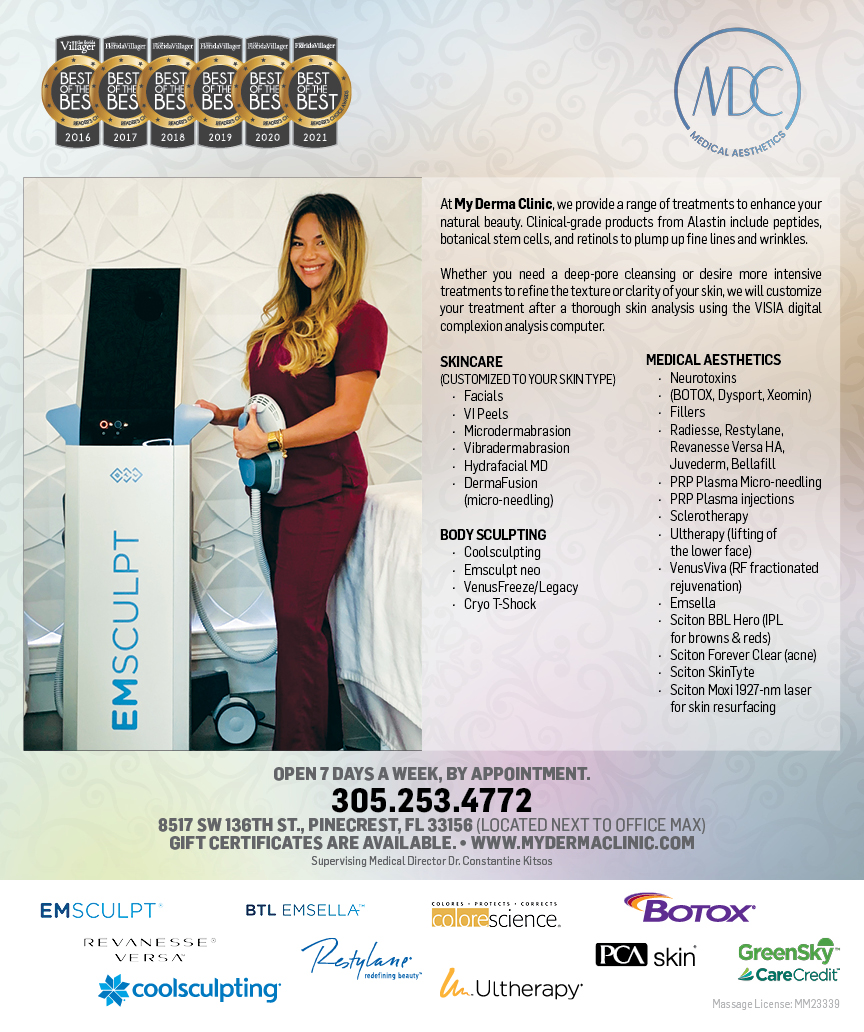
 Sushi Maki
Sushi Maki
 Sports Grill
Sports Grill
 The Healthy Kitchen
The Healthy Kitchen
 Golden Rule Seafood
Golden Rule Seafood
 Malanga Cuban Café
Malanga Cuban Café

 Kathleen Ballard
Kathleen Ballard
 Panter, Panter & Sampedro
Panter, Panter & Sampedro
 Vintage Liquors
Vintage Liquors
 The Dog from Ipanema
The Dog from Ipanema
 Rubinstein Family Chiropractic
Rubinstein Family Chiropractic
 Your Pet’s Best
Your Pet’s Best
 Indigo Republic
Indigo Republic




 ATR Luxury Homes
ATR Luxury Homes


 2112 Design Studio
2112 Design Studio
 Hamilton Fox & Company
Hamilton Fox & Company
 Creative Design Services
Creative Design Services
 Best Pest Professionals
Best Pest Professionals
 HD Tree Services
HD Tree Services
 Trinity Air Conditioning Company
Trinity Air Conditioning Company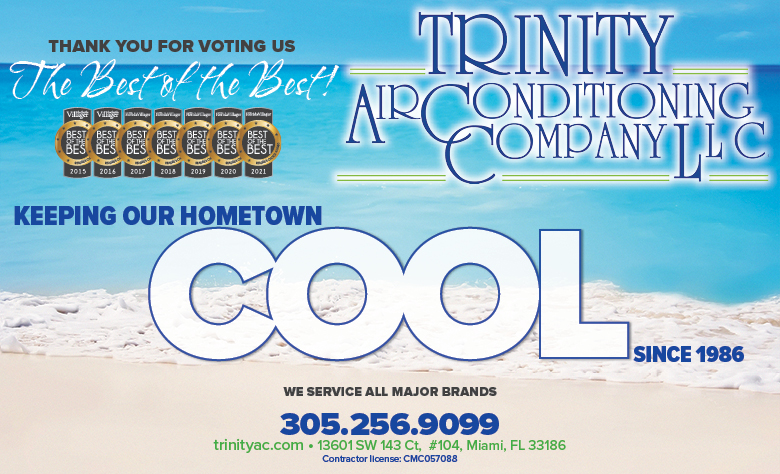
 Cisca Construction & Development
Cisca Construction & Development
 Mosquito Joe
Mosquito Joe
 Cutler Bay Solar Solutions
Cutler Bay Solar Solutions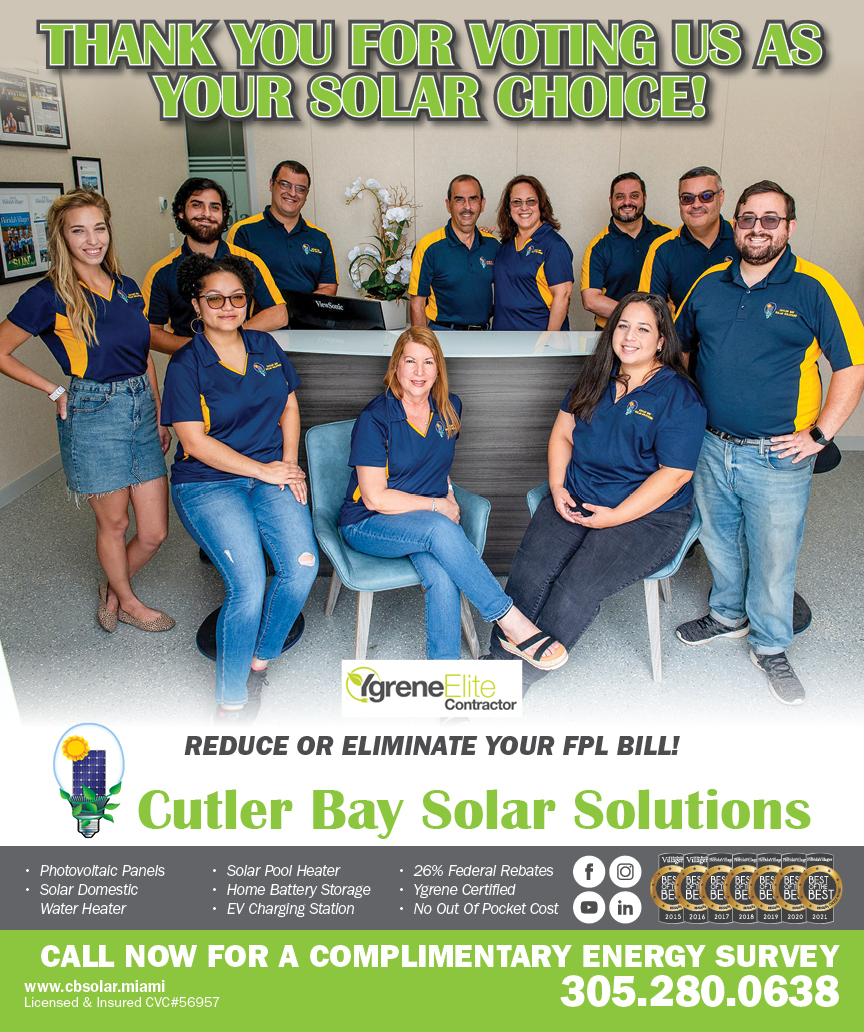


 Miami Royal Ballet & Dance
Miami Royal Ballet & Dance
 Christopher Columbus
Christopher Columbus
 Pineview Preschools
Pineview Preschools
 Westminster
Westminster
 Carrollton
Carrollton
 Lil’ Jungle
Lil’ Jungle
 Frost Science Museum
Frost Science Museum
 Palmer Trinity School
Palmer Trinity School
 South Florida Music
South Florida Music
 Pinecrest Orthodontics
Pinecrest Orthodontics
 Dr. Bob Pediatric Dentist
Dr. Bob Pediatric Dentist
 d.pediatrics
d.pediatrics
 South Miami Women’s Health
South Miami Women’s Health

 The Spot Barbershop
The Spot Barbershop
 My Derma Clinic
My Derma Clinic




 Miami Dance Project
Miami Dance Project

 Rubinstein Family Chiropractic
Rubinstein Family Chiropractic
 Indigo Republic
Indigo Republic

 Safes Universe
Safes Universe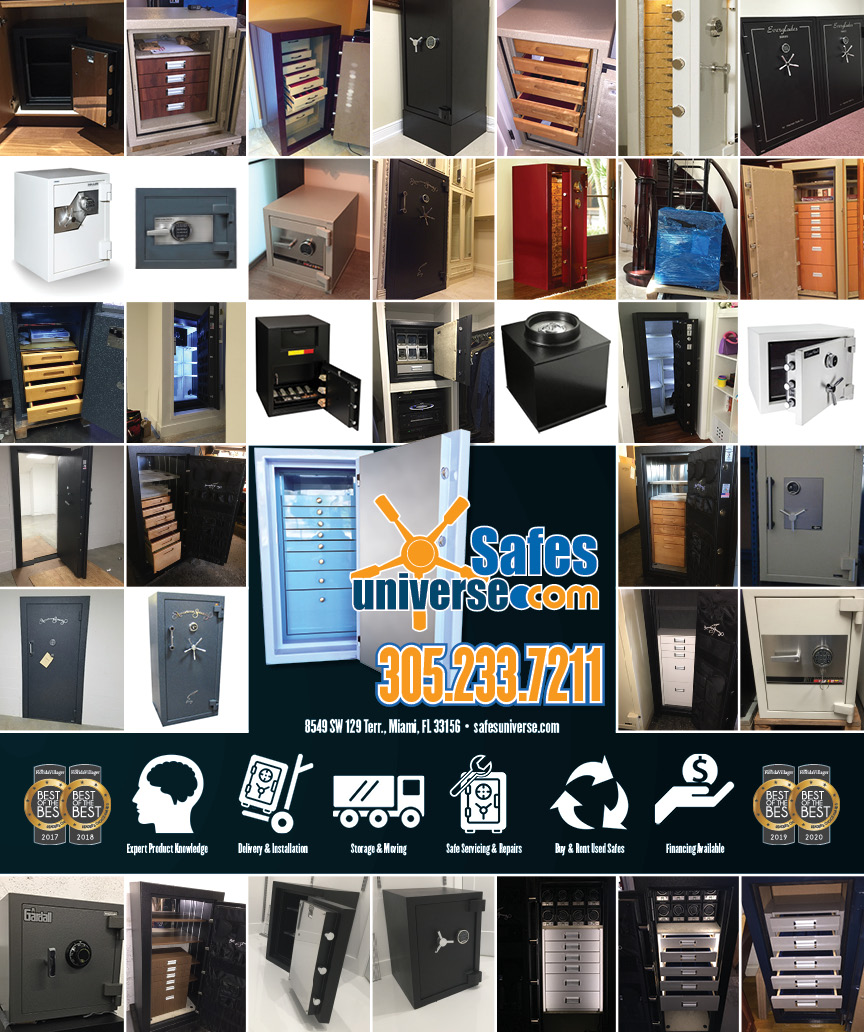
 Vintage Liquors
Vintage Liquors
 Evenings Delight
Evenings Delight





 Atchana’s Homegrown Thai
Atchana’s Homegrown Thai
 Baptist Health South Florida
Baptist Health South Florida

 Laser Eye Center of Miami
Laser Eye Center of Miami
 Visiting Angels
Visiting Angels
 OpusCare of South Florida
OpusCare of South Florida

 Your Pet’s Best
Your Pet’s Best





 HD Tree Services
HD Tree Services
 Hamilton Fox & Company
Hamilton Fox & Company

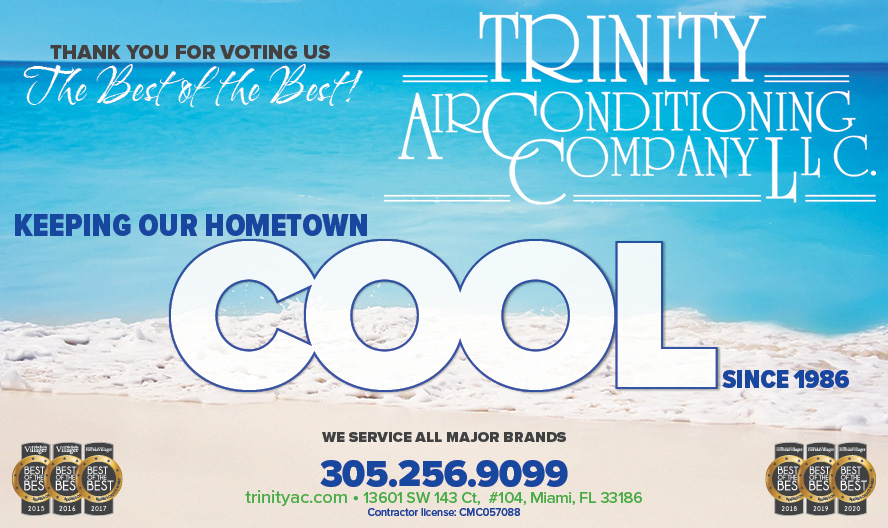
 Creative Design Services
Creative Design Services